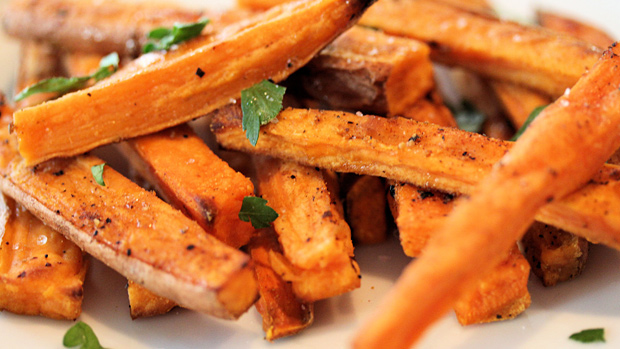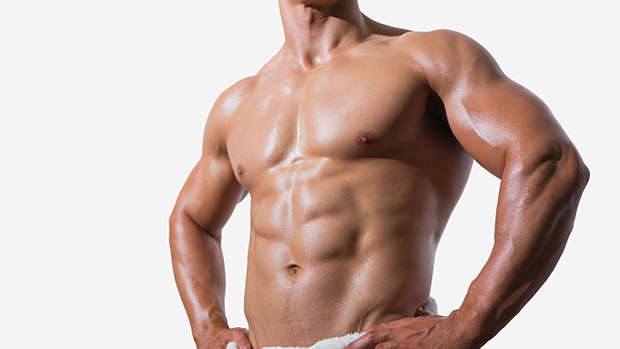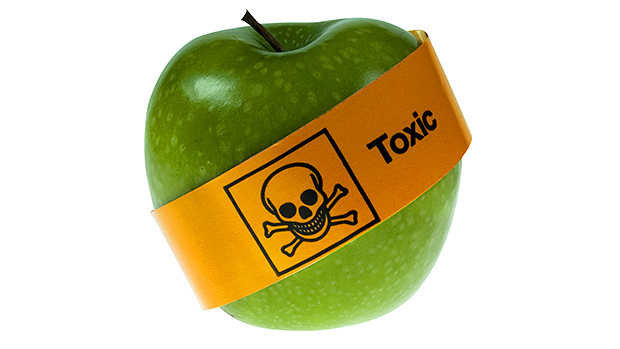A low-carb diet is a good approach for severely overweight, insulin resistant, sedentary people. But that doesn't mean it's the best diet for lifters and athletes. If you're active and relatively lean already, your carb intake can be higher because leaner people have better nutrient partitioning abilities.
Your metabolic condition can also change over time, which means the diet plan that's optimal for you can change. Maybe you needed a low-carb diet when you were less active and overweight, but you don't have to live low carb once you're leaner, hitting the gym often and lifting weights, and have improved your insulin sensitivity and nutrient partitioning. In fact, that'll only hold back your progress.
Carb Guidelines for Lifters
- There's a wide range of appropriate carb intakes for performance athletes, strength trainers, and bodybuilders. A good ballpark starting point would be in the range of 1-3 grams of carbohydrate per pound (2-7 grams of carbohydrate per kilogram).
- Those with good insulin sensitivity or on the higher end of training intensity or volume who want to maximize performance or gain muscle mass would lean towards the higher carbohydrate range: 3g per pound of bodyweight. (Again, this is assuming you're not fat.)
- Those with poor insulin sensitivity or on the lower end of training intensity or volume and looking to lose fat would lean towards the lower end: 1 gram per pound of bodyweight.
- Test, assess, and refine until you find your sweet spot in the carbohydrate continuum. Make small adjustments during the assessment period (10-20%) rather than extreme changes. For example, if you start with 250 daily grams of carbs, increase or decrease by 25-50 grams, depending on the goal, rather than cutting down to 50 grams or ramping up to 500 grams.





